Forex Shockwave Analysis
$17.32
| Author(s) | |
|---|---|
| Pages |
320 |
| Format |
|
| Publication Year |
2007 |
Forex Shockwave Analysis not only examines the shockwave itself (which occasionally lasts less than a minute or two after the news release) but also investigates the reactive phase that immediately follows the shockwave. This is in a very broad sense the economic equivalent to Newton’s third law of motion: “For every action, there is an equal and opposite reaction.” Numerous analytical tools required to unveil the mysteries of Forex shockwaves are also explained in this book. Some are old techniques with new variations (such as adjustable-range studies), and others are relative newcomers to the arena of technical analysis (such as activity, inertia, composite charting, and Forex wave theory).
Introduction:
There are seven major divisions within this book. PART 1: The subject of this book is shockwave analysis, which is a branch of technical analysis. Why, then, include a section on fundamental analysis? Simple. Fundamental economic factors do influence currency prices, and even though they may not affect price fluctuations directly at the tick level, it is always expedient for technical analysts to be aware of the forces that can adversely influence technical forecasts.
PART 2: This section examines price fluctuations at the very lowest possible level, the electronic transaction level. Order flow not only affects price movements but also liquidity, volatility, range of trading, and transaction costs. Economic calendars for the most significant news releases are also presented in this section to assist speculators in scheduling their daily and hourly trading sessions.
PART 3: Composite charts and diagnoses based on activity, range, and their interaction are explored in this section. The study of both activity and range is crucial to uncovering the semicryptic forces behind spot currency shockwaves. PART 4: Wave analysis of economic cycles began in earnest during the 1930s and continues to evolve even today. An innovative addition to technical analysis called Forex wave theory is reviewed in this section. Wave relationships, cycle nomenclature, and channel lines are examined in detail.
PART 5: Traditionally, the most significant news releases have occurred at 8:30 a.m. ET on Fridays. Fifteen practical studies from January 6, 2006 through April 14, 2006 are presented as OHLC vertical bar charts and continuous tick charts. These are accompanied by corresponding statistical analysis for each chart. PART 6: In this section, the swing reversal algorithm essential to reversal charting is applied to the raw data presented in Part 5. This assists traders in identifying recurring shockwave patterns and provides insight into determining market entry and exit timing.
Contents:
- Fundamental Studies
- Exchange Rate Determinants
- Activity and Range
- Forex Wave Theory
- Shockwave Raw Data
- Shockwave Swing Data
Forex Shockwave Analysis By James L. Bickford pdf
2 reviews for Forex Shockwave Analysis
Clear filtersOnly logged in customers who have purchased this product may leave a review.

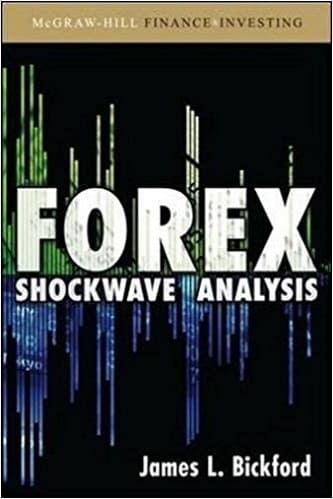
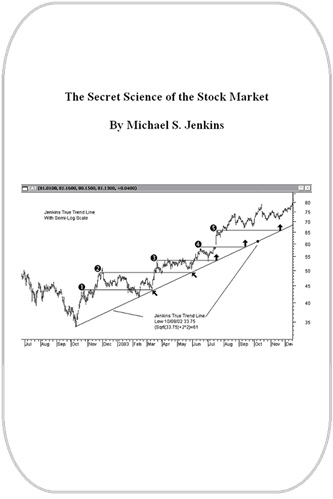
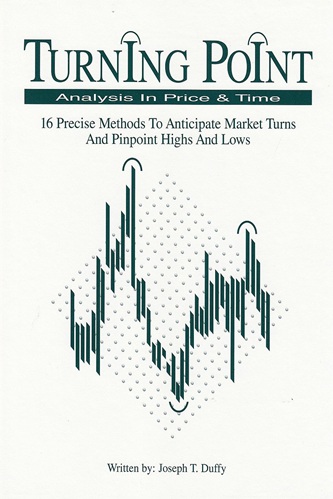
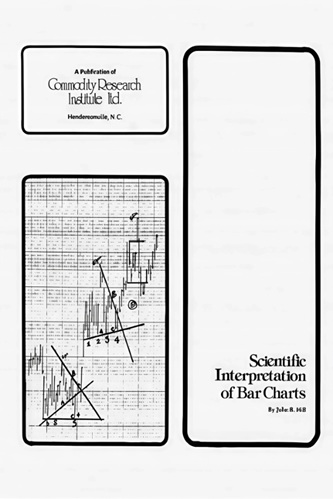

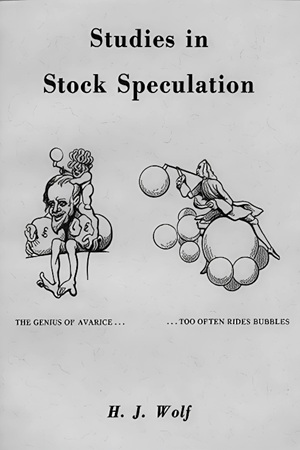

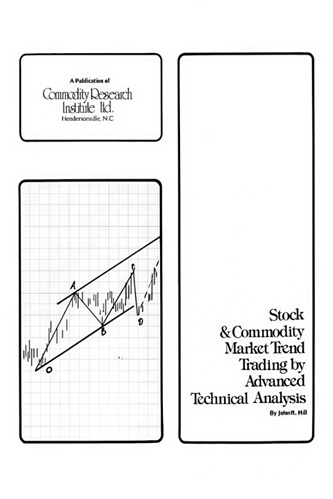
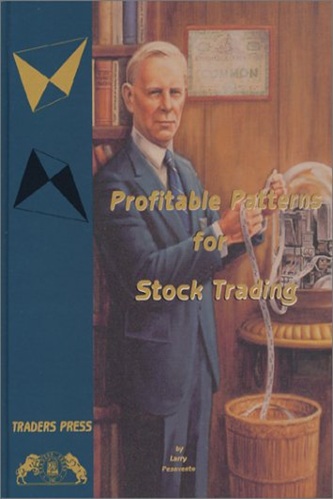

Alijah Duran (verified owner) –
One of the perhaps a dozen intermediate-advanced market books and half that many FOREX books I would consider indispensible. ‘Trading the News’ is the hot FOREX topic today. Forex Shockwave Analysis quantifies the market’s reaction to the news and the sometimes even more useful aftershock. A rare book that bridges the gap between technical and fundamental analysis – and does it very well. Caution: Some deep reading here, but, IMHO, worth the effort.
Carly Reese (verified owner) –
I read Shockwave analysis with an open mind.
Actually, an eager mind willing to discover some scholarly work on forex news-trading, usually one of the first trading methods attempted by the least able, the rank beginner.
I did enjoy reading the book. It is full of different types of charts that I’ve never seen before. I’m not sure that it is very helpful for its promoted purpose, though.
James Bickford displays a great deal of interesting data indicating that the forex markets definitely have a peak volume period at the typical news broadcast periods. With derived time-of-day activity charts. It is very clear that news forces moves in the markets.
Most forex traders already know that. It is nice to see supporting data, and the range charts for non-news vs. news periods was interesting. What was disconcerting to me was my expectations, and probably that of most readers looking for forex edges– were not met.
Maybe I expected too much.
The advertising for the book highlights the newstime price disruptions that forex traders typically observe using a reliable clock and weekly news release guide on the internet. The advertising goes on, “Accurately predicting which way thse spikes will run is the key to impressive earnings in the spot currency market.”
With that pronouncement, I was expecting some help, some method to forecast the direction or facilitate trade of these moves.
There were many chapters on Mr. Bickford’s ideas of forex wave theory, a derivation of Elliott wave theory, with swings determined by his own special algorithm. Even in these chapters there wasn’t much in the way of guidelines that might prove a better way of trading news.
What little direction about trading news “shockwaves” offered is based on the price action from less than 20 consecutive Friday news days. I dare not tell how simple the only suggestions were. With such a small sample size, you could infer any possible action as a valid one with equal validity.
Mr. Bickford did offer a caveat at the end of the book, just before the appendices. (The appendices is no small section. It takes up more than a third of the book with monthly charts and other interesting data that showed me that there is increasing volume in Forex every year, and Fridays have more trade volume due to the news released.) —Back to the author’s caveat. In a small paragraph he admits that this work on news release shockwaves is not an overly exhaustive bit of detailed research on the topic. He reaffirms that what research he is offering is only on the specified Fridays from 8:00 to 10:00 pm in the EUD/USD pair. He offers the work revealed as an introduction to trading the volatile timeframes selected for news trading.
One final part of his advertising is very accurate. He indicates this book contains “Reliable strategies for identifying, analyzing, and categorizing shockwaves in the Forex.” (Note: he did not say that the strategies in the book would help you trade….)
If you like to have scholarly-looking books on your mantle with cool titles, and very impressive, good-looking charts, Forex Shockwave Analysis is your book.
For a practical, how to “get the job done” book, you might want to look at
Day Trading the Currency Market: Technical and Fundamental Strategies To Profit from Market Swings (Wiley Trading)
by Kathy Lien. It has solid suggestions on how to manage the risk of forex trading through many different approaches, including news.
I have no connection with either author. I just trade for myself and am always happy to find out new material available to my industry.